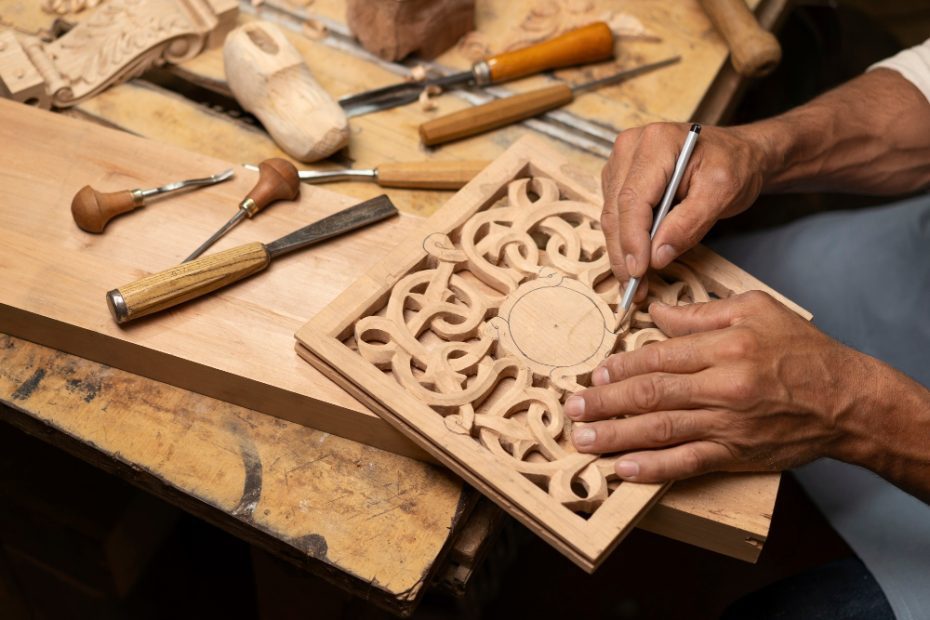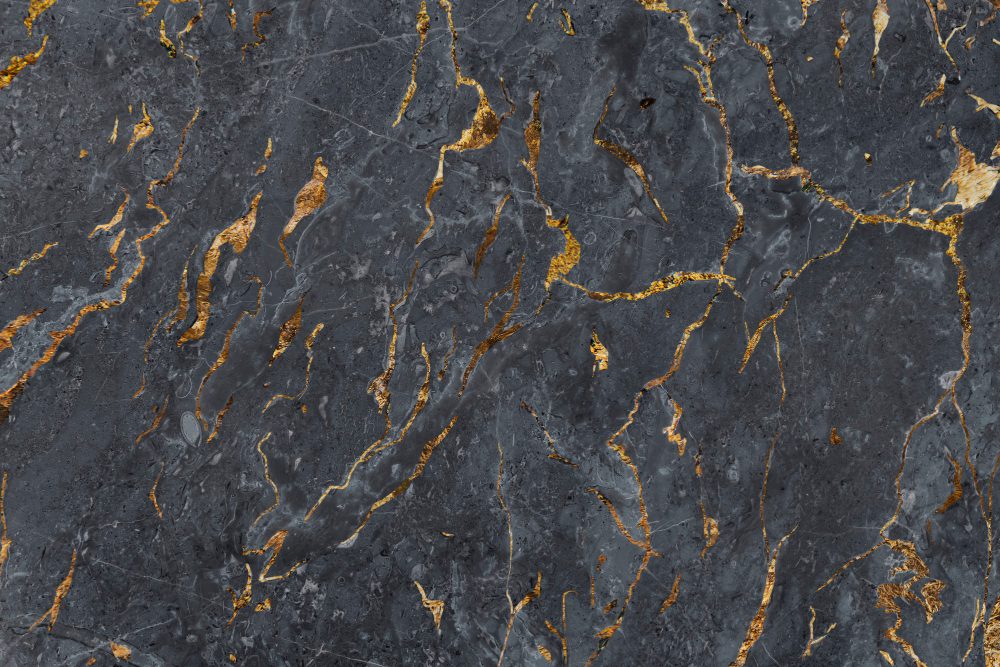What is the art of wood carving called?
Wood carving is a centuries-old craft that involves the shaping and sculpting of wood to create intricate and detailed designs. This art form has been practiced by cultures around the world, each with their own unique styles and techniques. The art of wood carving is not only a way to create beautiful and decorative pieces, but it also serves functional purposes in architecture, furniture making, and even as a means of artistic expression.
The History of Wood Carving
Wood carving dates back thousands of years and can be traced to ancient civilizations such as the Egyptians, Greeks, and Chinese. It has been used to create sculptures, furniture, and architectural embellishments. In medieval Europe, wood carving flourished with the creation of ornate wooden altarpieces and intricate carvings on cathedrals and churches.
Styles and Techniques
Wood carving encompasses a wide range of styles and techniques depending on the cultural and historical context. Some of the most well-known styles include:
1. Relief Carving
Relief carving involves carving designs into the surface of a flat piece of wood. This technique creates a three-dimensional effect with the design standing out from the background. It can be found in various forms such as decorative panels, plaques, and friezes.
2. Chip Carving
Chip carving is a method of wood carving that involves making cuts and chips in the wood surface to create intricate geometric patterns. This style is often associated with folk art traditions and can be seen in decorative objects such as boxes, spoons, and plates.
3. Sculptural Carving
Sculptural carving involves creating three-dimensional sculptures from a single block of wood. This technique requires a high level of skill and artistry, as the artist must carefully shape the wood to bring the desired form and details to life.
Tools of the Trade
Wood carving requires a specific set of tools designed for cutting and shaping wood. Some common tools used in wood carving include:
- Chisels: Used for removing large sections of wood and shaping the overall form.
- Gouges: Similar to chisels, but with a curved blade for creating hollows and concave shapes.
- Knives: Used for fine detail work and delicate cuts.
- Mallets: Used to strike the tools and provide force when carving.
The Significance of Wood Carving Today
Wood carving continues to be a popular art form and craft in today’s world. It showcases the skill and creativity of artisans who are dedicated to preserving this ancient tradition. The demand for handcrafted and unique wooden pieces, such as furniture, sculptures, and decorative objects, remains strong.
Quote:
“Wood carving allows us to connect with nature and create something beautiful out of a simple block of wood. It is a meditative and rewarding process that brings joy to both the artist and the observer.” – John Smith, Wood Carver
In addition to its artistic value, wood carving also serves practical purposes in various industries. It plays a significant role in furniture making, where intricate carvings add elegance and uniqueness to pieces. Wood carving is also employed in architectural restoration projects, where damaged wooden ornaments are meticulously recreated to preserve historical buildings.
To conclude, the art of wood carving is a timeless practice that combines craftsmanship, creativity, and cultural heritage. It has evolved over centuries and continues to thrive in different forms around the world. Whether it is used to create functional objects or purely for artistic expression, wood carving remains an art form that captivates and inspires both the creators and admirers.
What are the two types of carving?
Introduction
Wood carving is a fascinating art form that has been practiced for centuries. It involves shaping and sculpting wood into various forms, often with intricate detail and precision. There are two main types of carving techniques: relief carving and intaglio carving, each with its unique characteristics and methods.
1. Relief Carving
Relief carving is a technique where the design is carved out from a flat panel of wood, leaving the raised portions intact. This creates a three-dimensional effect, as the design appears to be emerging from the surface. Artists use chisels, gouges, and mallets to carefully remove wood to achieve the desired depth and detail. Relief carving is commonly used in architectural ornamentation, sculptures, and decorative objects.
2. Intaglio Carving
Intaglio carving, also known as incised carving, involves cutting or carving designs into the surface of the wood, rather than raising them above the surface. This technique creates a hollowed or recessed effect, where the design sits below the surrounding area. The process includes using knives, chisels, and other sharp tools to carefully remove the wood. Intaglio carving is often used in creating intricate patterns, lettering, and fine detailing.
Both relief carving and intaglio carving require skill, patience, and an eye for detail. Artists who specialize in wood carving often choose one or both techniques based on their preferences and the nature of the project. Mastery of these techniques takes years of practice and dedication.
“The art of wood carving is about bringing life to a piece of wood through intricate carving techniques.”
Comparison Table
| Carving Technique | Characteristics | Examples |
|---|---|---|
| Relief Carving | Design is raised from the surface | Architectural ornamentation, sculptures |
| Intaglio Carving | Design is recessed into the surface | Intricate patterns, lettering |
What is the best tool to carve stone with?
Introduction
Carving stone is a traditional art form that requires skill, precision, and the right tools. Choosing the best tool for stone carving is crucial to achieving the desired results. Whether you’re a professional sculptor or a hobbyist, having the right tool can make all the difference in your craftsmanship.
Chisels
Chisels are the most commonly used tools for stone carving. They come in a variety of shapes and sizes, each serving a specific purpose. The point chisel is used for rough shaping and removing larger sections of stone, while the flat chisel is ideal for creating flat surfaces and straight lines. For more intricate details, the tooth chisel and claw chisel are often employed.
Hammers
A good hammer is essential for stone carving. The square-headed hammer is commonly used as it allows for precise, controlled strikes. The weight of the hammer will depend on the type of stone being carved, with softer stones requiring lighter hammers and harder stones needing heavier ones.
Rasps and Files
While chisels and hammers are used primarily for rough shaping, rasps and files are necessary for finer detailing. Rasps have coarse, sharp teeth that quickly remove excess material, while files provide a smoother finish. These tools allow for more delicate and precise work, especially when crafting intricate designs.
Power Tools
In addition to traditional hand tools, power tools can greatly aid in stone carving. Rotary tools with diamond rotary bits are excellent for creating intricate patterns and textures. Electric grinders can also be used for faster material removal, particularly in larger projects.
Choosing the Right Tool
Selecting the best tool to carve stone depends on various factors such as the type of stone, the desired design, and personal preference. It is advisable to start with a basic set of chisels and hammers and gradually expand your collection as you gain experience and proficiency in stone carving.
“The right tool in skilled hands can turn a block of stone into a masterpiece.”
Is wood carving a cheap hobby?
Wood carving is an art form that has been practiced for centuries, and for many enthusiasts, it is a beloved hobby. But is wood carving a cheap hobby? Let’s take a closer look.
The cost of tools and materials
One of the primary expenses associated with wood carving is the purchase of tools and materials. While there are certainly high-end tools available on the market, beginners can start with a basic set of carving knives, which are relatively affordable. Additionally, wood can be sourced from various places, including fallen branches or offcuts from lumberyards, making it a cost-effective material to work with.
Learning resources
Learning wood carving techniques does not have to be an expensive venture. There are numerous online tutorials and instructional videos available for free or at a minimal cost. Local libraries and community centers often have books and resources on wood carving that can be borrowed for no charge.
Time commitment
While wood carving can be a time-consuming hobby, it does not necessarily have to be expensive. With patience and practice, you can create beautiful carvings using just a small amount of wood and a few tools. This makes it accessible to individuals on a budget.
Quotes:
“Wood carving is a hobby that offers endless possibilities for creativity, and it doesn’t have to break the bank.” – Woodcarving enthusiast
“Don’t let the misconception that wood carving is an expensive hobby discourage you. It can be as affordable as you make it.” – Experienced wood carver
Conclusion
Wood carving offers a wide range of possibilities for artists to express their creativity and craftsmanship. Whether it’s relief carving or intaglio carving, each technique brings its own unique charm to the finished piece. The art of wood carving is a testament to the beauty and versatility of this timeless craft.
- Relief carving involves raising the design from the wood’s surface.
- Intaglio carving involves cutting or carving designs into the wood’s surface.
Carving stone requires a combination of skill, patience, and the right tools. Chisels, hammers, rasps, files, and power tools all play crucial roles in achieving the desired results. Experiment with different tools and techniques to find what works best for you. Remember, practice makes perfect, and with dedication, you can create stunning stone carvings that will stand the test of time.
- Chisels are essential for stone carving.
- Hammers provide controlled strikes.
- Rasps and files help with finer detailing.
- Power tools offer additional flexibility and speed.
| Tool | Function |
|---|---|
| Chisels | Rough shaping and carving |
| Hammers | Precise striking |
| Rasps and Files | Fine detailing |
| Power Tools | Quick and efficient material removal |
Wood carving can be as cheap or as expensive as you want it to be. With a basic set of tools, some readily available wood, and a willingness to learn, you can enjoy this ancient craft without breaking the bank. Whether you’re a seasoned wood carver or just starting out, wood carving offers a creative and affordable outlet for artistic expression.



